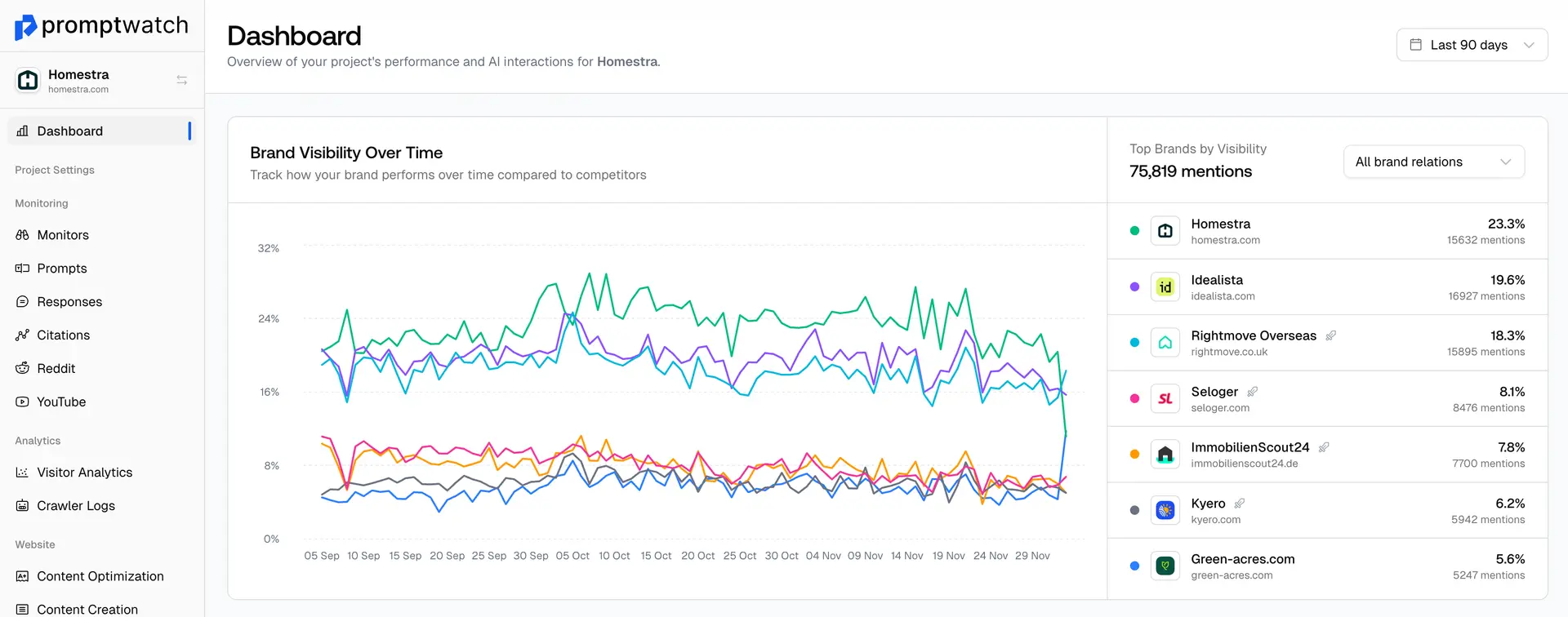Definition
Content Personalization is the strategic practice of customizing content experiences based on individual user behavior, preferences, demographics, and characteristics to improve engagement, relevance, and conversion rates. Instead of showing the same content to all visitors, personalization dynamically adapts what users see based on their unique profile and context.
Personalization can range from simple tactics like showing different content based on geographic location or referral source, to sophisticated approaches using machine learning to predict and deliver the most relevant content for each individual user. The goal is to create more relevant, engaging experiences that better serve user needs and drive business objectives.
Modern personalization leverages multiple data sources including user behavior and browsing history, demographic and geographic information, referral sources and campaign data, device and technology preferences, past purchase or interaction history, and real-time context like time of day or weather.
In the AI era, content personalization has new dimensions and capabilities. AI systems can analyze vast amounts of user data to identify patterns and preferences that humans might miss, enabling more sophisticated personalization strategies. Additionally, as AI systems become more prevalent in content discovery, understanding how to create personalized experiences that work well for both human users and AI systems becomes important.
Effective personalization requires balancing relevance with privacy, ensuring personalized content remains discoverable by search engines and AI systems, and avoiding over-personalization that might limit content reach or create filter bubbles.
Examples of Content Personalization
- An e-commerce site showing different product recommendations based on browsing history and purchase behavior
- A B2B website displaying different case studies and content based on company size and industry
- A news site customizing article recommendations based on reading history and topic preferences
- A SaaS platform personalizing onboarding content based on user role and company characteristics
